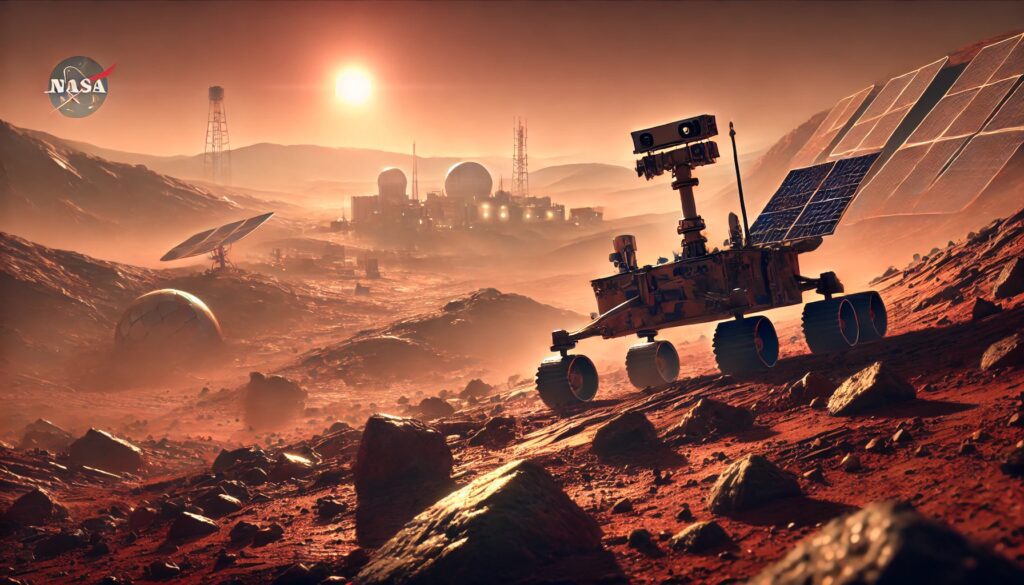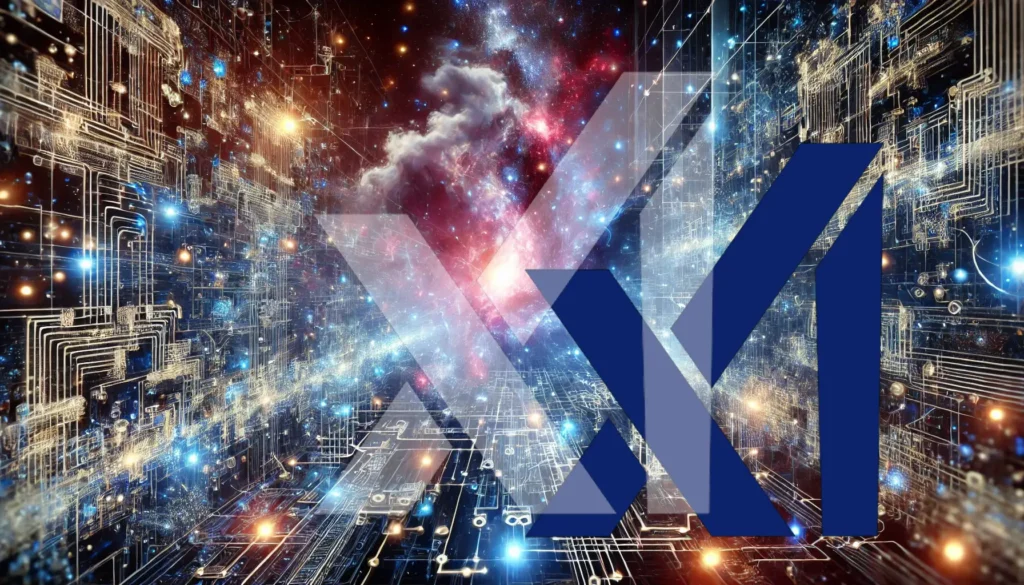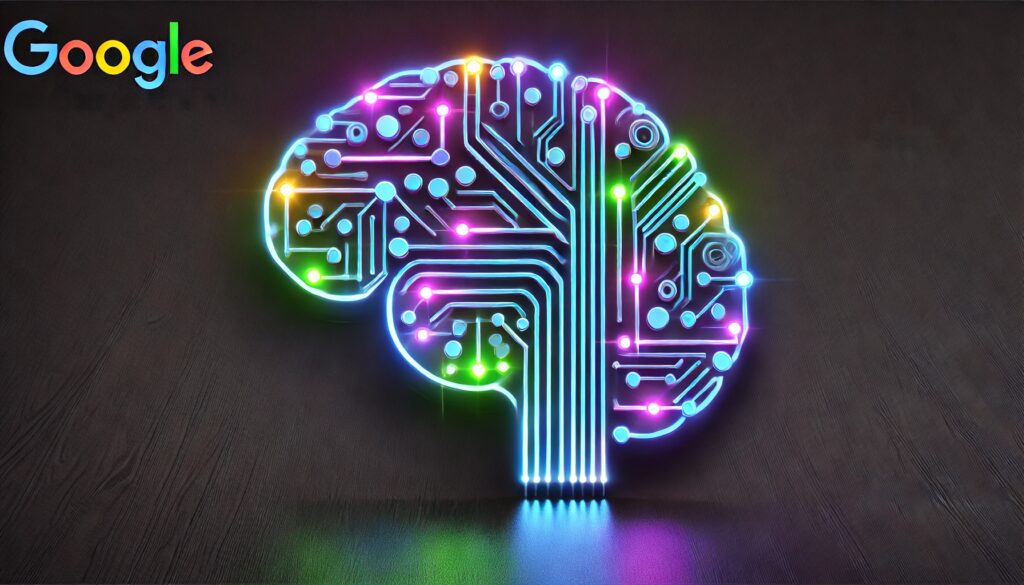
The tech world is buzzing. Imagine a future where artificial intelligence isn’t just in the hands of a few powerful corporations. Imagine it being decentralized, accessible to everyone, and completely secure. That future is fast approaching with the upcoming launch of the GPT Protocol on Mainnet. This isn’t just another protocol—it’s a revolution set to disrupt the way we think about AI and decentralization.
The Vision Behind GPT Protocol
At its core, the GPT Protocol aims to democratize access to AI. No longer will AI be a resource controlled by large entities; instead, it will be distributed across a decentralized network, making it available to anyone with the know-how to tap into it. The Mainnet launch is the culmination of years of development, promising to bring AI to the masses in a way that’s both secure and scalable.
This protocol is built on the foundation of blockchain technology, ensuring that every transaction, every piece of data, is transparent and immutable. In a world where data privacy concerns are at an all-time high, the GPT Protocol offers a solution that is not only decentralized but also incredibly secure. The implications? They’re massive.
What Sets GPT Protocol Apart?
You might be thinking, “Isn’t AI already decentralized to some extent?” Yes and no. While there are platforms that offer AI services, they still operate within centralized frameworks. The GPT Protocol is different. It’s designed to be fully decentralized, allowing users to train, deploy, and monetize AI models without relying on a central authority.
Here’s where it gets interesting: GPT Protocol leverages the power of smart contracts. These contracts automate agreements, ensuring that users are compensated fairly for their contributions to the network. For instance, if you develop an AI model and someone else uses it, you’ll receive payment automatically, without any intermediaries. This peer-to-peer system is a game-changer.
Moreover, the protocol is built to scale. As more users join the network, the system becomes more robust, thanks to its decentralized nature. It’s like a snowball effect—the more it rolls, the bigger it gets, and the more powerful the network becomes.
The Disruption of the AI Industry
The launch of the GPT Protocol on Mainnet is poised to disrupt the AI industry in ways we’ve never seen before. First and foremost, it will break the monopoly that a few tech giants have over AI. By decentralizing AI, the protocol will empower developers and entrepreneurs across the globe to innovate without the barriers imposed by centralized entities.
For example, imagine a developer in a small town with a brilliant idea for an AI application. With the GPT Protocol, they can develop, deploy, and monetize their app without needing the backing of a large corporation. This opens the door to a flood of innovation, as bright minds from all corners of the world can contribute to the AI ecosystem.
Data Privacy: A Key Selling Point
Another significant disruption will come in the form of data privacy. Today, data is gold, and tech companies are the miners. However, the GPT Protocol flips the script by allowing users to maintain full control over their data. Instead of handing over your data to a central entity, you can decide how it’s used, who can access it, and for what purpose. This shift could be a turning point in the ongoing debate over data privacy.
Monetization Opportunities Galore
For those looking to monetize their AI expertise, the GPT Protocol presents endless opportunities. Whether you’re an AI researcher, a developer, or even a data scientist, you can tap into the network, contribute your knowledge, and earn from it. This is decentralized finance (DeFi) meets AI, and the potential is staggering.
What to Expect as Mainnet Approaches
As we inch closer to the Mainnet launch, the excitement is palpable. The team behind the GPT Protocol is working tirelessly to ensure that everything is in place for a seamless transition. Testnets have been running for months, ironing out any potential kinks. The community is growing, and anticipation is building.
Expect a surge in interest as we approach the launch date. Developers, investors, and tech enthusiasts will be watching closely, eager to see how this protocol will reshape the AI landscape. Partnerships with blockchain platforms, collaborations with AI experts, and strategic alliances with data privacy advocates are just the beginning. The Mainnet launch is just the starting line—the real race begins afterward.
Interoperability in Focus: How GPT Protocol’s Mainnet Enhances Cross-Chain AI Collaboration
In the blockchain world, interoperability refers to the ability of different blockchain networks to communicate and work together. Imagine a world where data and assets can move freely between Ethereum, Binance Smart Chain, and Solana without needing cumbersome bridges or third-party services. That’s the promise of interoperability.
However, despite its importance, achieving true interoperability has been a challenge. Many blockchains operate in silos, each with its distinct set of rules and protocols. This fragmentation limits the potential of blockchain technology and, by extension, the AI applications that run on these networks. The GPT Protocol aims to change that.
GPT Protocol’s Approach to Cross-Chain Collaboration
The GPT Protocol is designed with interoperability at its core. The protocol’s architecture supports cross-chain transactions, enabling AI models and data to move freely between different blockchains. This is a significant leap forward for the AI community, as it allows developers to build and deploy AI solutions across multiple blockchain ecosystems seamlessly.
Unified AI Development
One of the standout features of the GPT Protocol is its ability to facilitate unified AI development across chains. In a traditional setup, developing an AI model for one blockchain often means starting from scratch if you want to deploy it on another. With the GPT Protocol, that’s no longer the case. Developers can create an AI model once and deploy it across various blockchains without any additional coding. This cross-chain compatibility not only saves time and resources but also fosters innovation by allowing developers to focus on perfecting their models rather than worrying about compatibility issues.
Smart Contracts and Interoperability
The GPT Protocol leverages smart contracts to ensure smooth cross-chain operations. These smart contracts are designed to operate across different blockchain networks, automating processes like data sharing, model deployment, and payment distribution. For instance, if an AI model on the GPT Protocol is utilized on Ethereum, the smart contract can automatically facilitate payments and data transfers to other blockchains like Solana or Polkadot, without any manual intervention. This automation is a game-changer, particularly in the context of AI, where speed and efficiency are critical.
Enhancing Data Mobility
Data is the lifeblood of AI. However, in the current blockchain ecosystem, data often remains locked within individual networks. The GPT Protocol tackles this issue head-on by enhancing data mobility. Through its cross-chain capabilities, data can move fluidly between different blockchains, ensuring that AI models have access to the broadest possible data sets. This not only improves the accuracy and effectiveness of AI models but also democratizes access to data, allowing smaller developers to compete with larger entities.
The Impact on AI Collaboration
The Mainnet launch of the GPT Protocol is set to have a profound impact on AI collaboration. By enabling cross-chain interoperability, the protocol opens up new avenues for collaboration between developers, researchers, and organizations across different blockchain ecosystems.
Democratizing AI Access
One of the most exciting prospects of this cross-chain interoperability is the democratization of AI access. Previously, AI resources were often confined to specific blockchains, limiting their reach and utility. The GPT Protocol changes this by allowing AI models to be deployed across multiple chains, making them accessible to a broader audience. This means that a developer on Binance Smart Chain can now collaborate with a researcher on Solana, sharing models and data seamlessly. Such collaboration can spur innovation, leading to the development of more advanced and sophisticated AI solutions.
Cross-Chain AI Marketplaces
Another potential game-changer is the emergence of cross-chain AI marketplaces. With the GPT Protocol facilitating interoperability, developers can create AI models and offer them on marketplaces that operate across multiple blockchains. This opens up a new revenue stream for AI developers, as their models can now reach users on different networks. Additionally, users benefit from a more diverse range of AI models and tools, driving the overall growth of the AI ecosystem.
Interoperability as a Catalyst for Innovation
The true power of interoperability lies in its ability to catalyze innovation. By breaking down the barriers between blockchains, the GPT Protocol enables the free flow of ideas, resources, and talent across different ecosystems. This cross-pollination of ideas is crucial for the continued advancement of AI technology. As developers from different backgrounds and expertise levels come together, the potential for groundbreaking innovations in AI grows exponentially.
Conclusion: A New Era for Decentralized AI
The GPT Protocol Mainnet launch isn’t just another event on the tech calendar. It marks the beginning of a new era—an era where AI is decentralized, secure, and accessible to all. The implications of this launch are vast, from disrupting the AI industry to redefining data privacy and opening up new monetization opportunities.
As we stand on the brink of this revolution, one thing is clear: the road to Mainnet is paved with potential, and the journey is just beginning. Get ready, because the future of AI is about to be rewritten, and it’s going to be a wild ride.
Resources
1. Blockchain and Interoperability
- Blockchain Interoperability: The Holy Grail of DeFi
This article provides an in-depth overview of the importance of interoperability in the blockchain space and how it’s being achieved. - What is Cross-Chain Interoperability?
A beginner-friendly guide from Binance Academy explaining the concept of cross-chain interoperability and its significance.
2. GPT Protocol and Decentralized AI
- Understanding GPT Protocol
A comprehensive resource explaining the GPT Protocol, its architecture, and its goals. - Decentralized AI: A Future with More Privacy and Security
An article discussing the benefits and challenges of decentralizing AI, including the role of protocols like GPT in this emerging field.
3. Smart Contracts and AI
- Smart Contracts and AI: A Perfect Match
Learn how smart contracts are used to automate AI processes and facilitate cross-chain operations. - Introduction to Smart Contracts
An introduction to the concept of smart contracts and how they work in the blockchain ecosystem.
4. Cross-Chain AI Marketplaces
- The Rise of AI Marketplaces
An overview of how AI marketplaces are evolving and the potential for cross-chain integration. - Blockchain-Based AI Marketplaces: A New Frontier
An article discussing the intersection of blockchain and AI, particularly the development of decentralized AI marketplaces.
5. Decentralized Finance (DeFi) and AI
- DeFi Meets AI: Opportunities and Challenges
Explore how decentralized finance is intersecting with AI, and what opportunities this creates for innovation. - A Beginner’s Guide to DeFi
A resource for understanding the basics of decentralized finance and its growing impact on the blockchain industry.
6. General AI and Blockchain Knowledge
- AI for Everyone
A free course by Andrew Ng on Coursera, providing a non-technical overview of AI. - Mastering Blockchain: Unlocking the Power of Cryptocurrencies, Smart Contracts, and Decentralized Applications
A book that covers the fundamentals of blockchain technology, including its applications in AI.





